
For the majority of young U.S. men, a potential significant other’s finances are more important than physical attractiveness. (Photo by Flickr user Guian Bolisay via Creative Commons license)
Whoever said money can’t buy love was wrong, according to a new Valentine’s Day-related survey that finds young U.S. men are more drawn to a robust bank account than a pretty face when it comes to searching for a mate.
The NerdWallet survey found that a majority of men aged 18 to 34 say the finances of a potential significant other are more important than looks.
“Among every other age group of men, we did find that physical attractiveness was more important…but among millennials, that’s actually switched,” said Courtney Miller, a data analyst at NerdWallet, a personal finance website. “We’re seeing 54 percent of [millennial] men who are feeling that financial attractiveness is actually more important than physical attractiveness.”

Both women (60%) and men (43%) say a potential partner’s financial situation is important to them.(Photo by Flickr user Thomas Hawk via Creative Commons license)
Finances are important across the board. Forty percent of all respondents said a partner’s financial situation is more critical than their physical attractiveness.
Bad credit can be a romantic deal breaker. About half of people at all income levels say they wouldn’t date anyone with bad credit. That number was higher among affluent Americans. More than half (51 percent) of people making more than $100,000 a year, said they wouldn’t date someone with bad credit. That number drops significantly — to 38 percent — among people earning less than $50,000 annually.
“Financial attractiveness is not something that’s talked about as much as physical attractiveness, but a large group of the population feels this is important and I think it really speaks to how important finances are in general in our lives, how much credit scores impact your ability to get a home with someone down the road,” said Miller. “People might be looking at credit as a more important part of a relationship because it will affect how you build a future together.”
In some ways, millennial males are still traditional gentlemen. They plan to splurge on their significant others this Valentine’s Day, spending more on the romantic occasion — $371 — than men in any other age group. They also plan to foot the bill, something 64 percent of all people surveyed agreed with.
“It’s higher among men in general but the majority of women also report that men should pay the bill, specifically on the first date and on Valentine’s Day,” Miller said. “We can’t make more generalized claims about dating in general, but it does appear that, on the first date at least, the majority of people, both men and women, do think that men should pay the entire bill.”
When it comes to Valentine’s Day spending for people in relationships, millennials in general (men and women) plan to drop the most money — $290 — while people aged 35 to 54 plan to spend significantly less. However, romance apparently blooms again later in life with people between the ages of 55 to 64 spending almost as much as millennials. The oldest Americans, people 65 and older, plan to shell out the least on Valentine’s Day — just $61 — to celebrate with the romantic partner in their lives.




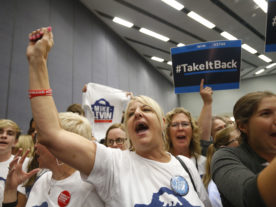


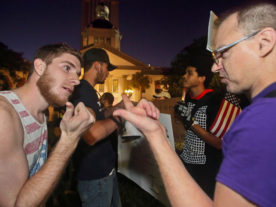



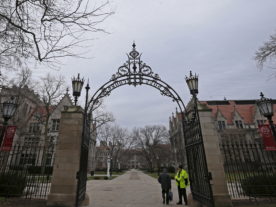

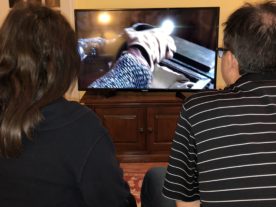





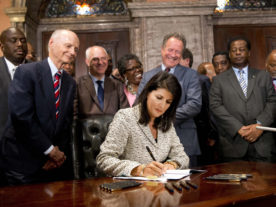




They say that men are only interested in WHAT one thing.
People have so much more to offer than either looks or finances. Try compassion, understanding, trustworthiness , dependability , patience, commitment, etc. Those are the ingredients that make the relationship rich and lasting.
People get ugly when they get old. Money doesn’t. Physical beauty fades all to quickly. The freedoms and pleasures money can buy does not. The best thing to do if you have a lot of money is to remain anonymous and not flaunt it. Famous people are constantly being harassed by others out for whatever they can get. They and those close to them also increase their risk of being kidnapped for ransom. Rich people should also keep in mind that they are not exempt from the laws of nature or the laws enacted where they live although they may be able to buy their way out of legal jams depending on circumstances. Someone who flies his own plane in bad weather without being certified for instrument flying is just as likely to be in a fatal crash as a tyro. Wealthy people often think they can get away with anything.